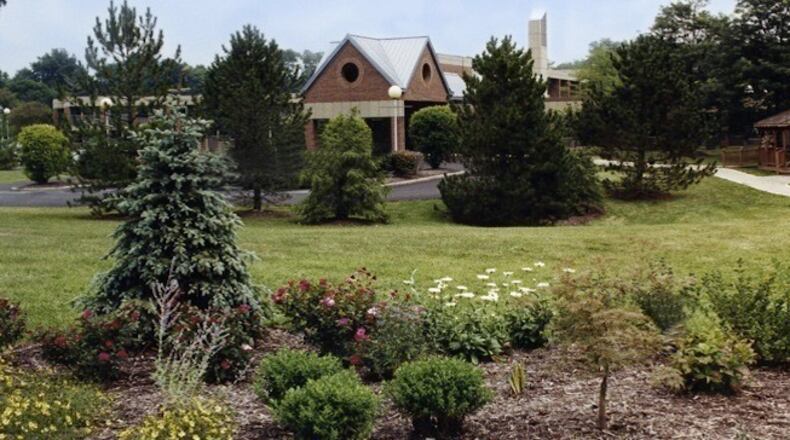Earlier this month the city’s planning commission granted conditional approval to United Church Homes to move forward on the planned $18 million project at Trinity Community, 3218 Indian Ripple Road. The project will come before city council members for approval in September.
MORE: Lux retirement complex to feature gardens, rec rooms in Beavercreek
The project entails adding two new, two-story buildings that will house 32 assisted-living apartments, including 16 dedicated to people suffering from dementia and Alzheimer’s Disease, according to a release from the Marion-based UCH. Plus, eight existing cottage homes will be replaced with 12 two- and three-bedroom independent living cottages, which will range from 1,800 to 2,100 square feet and feature a one-car garage, according to the release.
The expansion on the 25-acre property will include new walking paths, indoor common and activity areas, a new fitness and therapy center and snack stations in the memory care neighborhoods, according to the release.
MORE: New Details: Greene County officials respond to water bill complaints
The project will add up to 20 new jobs in dining services, housekeeping, maintenance and nursing positions, comprising an average annual salary of $38,000, according to the release.
With city council approval, construction is slated to begin in the spring and be finished sometime in 2019.
“Residents can move from independent living to assisted living to memory care all on the same campus,” UCH Director of Operations David Zack said in a prepared statement. “We’re also at the forefront of dementia research and are incorporating new programs in dementia care training and services for our residents.”
The Trinity Community currently offers 181 independent- and assisted-living cottage homes and 99 long-term care and rehabilitation beds.
About the Author
